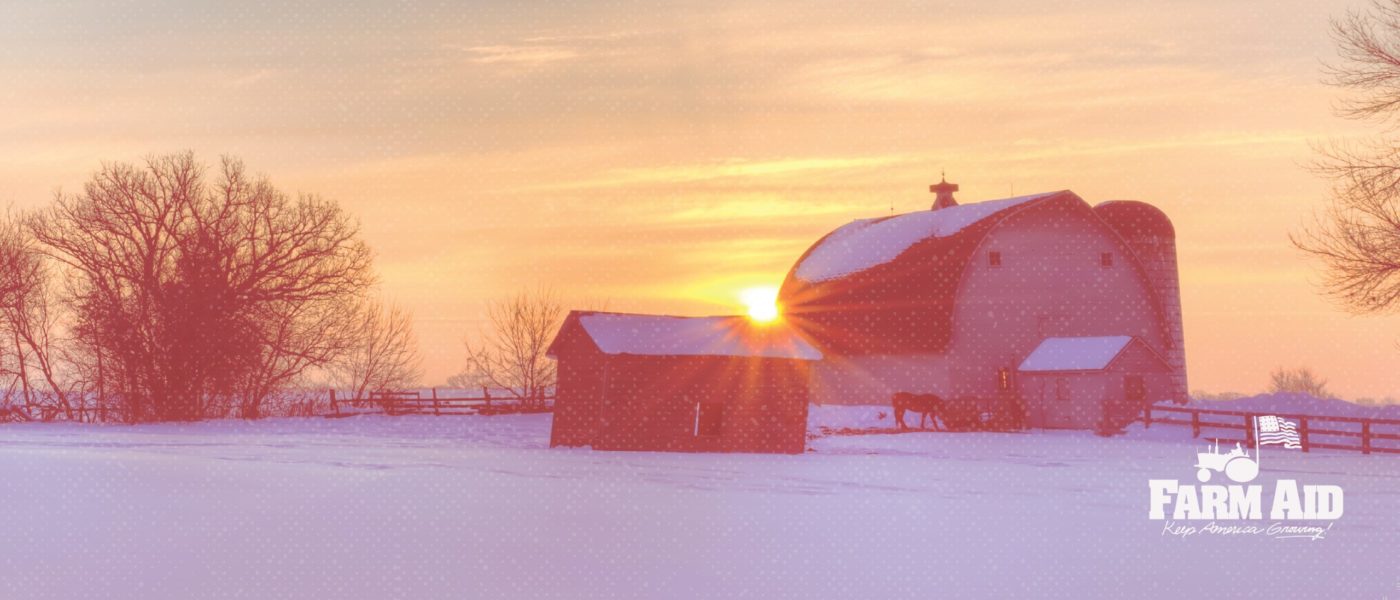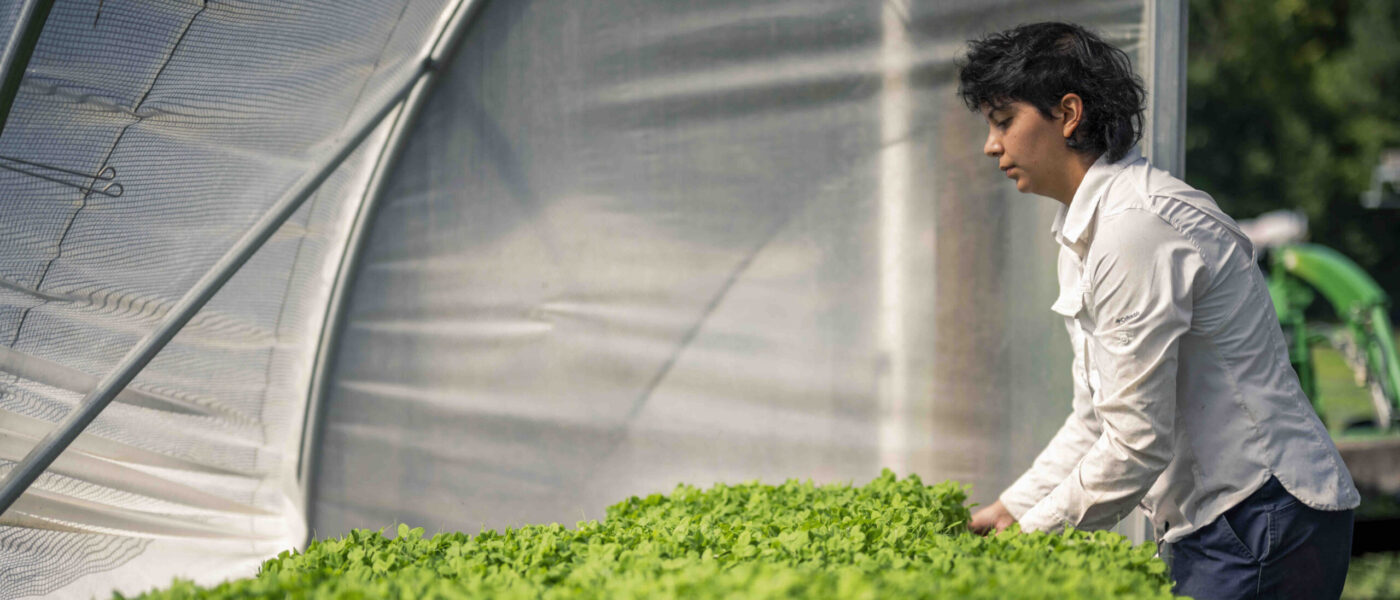 An infographic displaying the results of a survey from the new U.S. Farmers and Ranchers Alliance on the attitudes and opinions of over 3,000 farmers, ranchers, and consumers. How much do you know about YOUR food? (By the way, the U.S. Farmers and Ranchers Alliance, if you haven’t heard, is a new $30 million effort purporting to represent farmers. But if you want to join it will cost you at least $50,000 to join the Board which includes Beef Checkoff, Beef Federation, National Milk, National Pork Producers, Poultry & Egg, Neb. Soybean Assoc., Iowa Soybean Board, IL Soybean Assoc and MN Soybean Council.)
An infographic displaying the results of a survey from the new U.S. Farmers and Ranchers Alliance on the attitudes and opinions of over 3,000 farmers, ranchers, and consumers. How much do you know about YOUR food? (By the way, the U.S. Farmers and Ranchers Alliance, if you haven’t heard, is a new $30 million effort purporting to represent farmers. But if you want to join it will cost you at least $50,000 to join the Board which includes Beef Checkoff, Beef Federation, National Milk, National Pork Producers, Poultry & Egg, Neb. Soybean Assoc., Iowa Soybean Board, IL Soybean Assoc and MN Soybean Council.)
While some Texas farmers are seeing the end of their cattle ranches as a result of the ongoing drought, farmers in less-parched regions of the country are seeing an opportunity expand their operations. Check out this story featuring Illinois farmer Chad Bicker, who has been able to make additions to his herd faster than anticipated.
Some Vermont dairy farmers have been reimbursed for the milk they had to dump in the immediate aftermath of Hurricane Irene, but many are now feeling the more long-term effects of the disaster. Some are still having a tough time transporting their milk down nearly impassable roads, while others have had to take their cows out of milk production to devote their time and energy to cleaning up their farms. Hear their stories.
Dreaming about chocolate but looking for a new recipe? Not sure what to do with the eleven zucchinis in your vegetable garden? Gojee shows you how to build a delicious meal around your cravings AND what you’ve got in the cabinet.
The Lower Colorado River Authority is considering a drought measure that would cut off water to about 250 farmers in some of the biggest rice-producing counties in Texas if water levels fall below a certain level in lakes Buchanan and Travis on March 1. Hundreds of South Texas farmers are scrambling to figure out how they’ll keep their farms going through the most severe one-year drought in Texas history.
A recent NPR segment on how A&P grocery stores shifted the food industry from small mom-and-pop stores to big national chains.
A NY Times article on Fordham University shutting down an on-campus CSA started by one of its students. With questionable justification for the termination of the program, Fordham has blocked access to farm-fresh fruits and vegetables from its students and staff, as well as from the soup kitchen that was taking in leftover produce. A good illustration of the obstacles we face when trying to bring family farm food to institutions.


